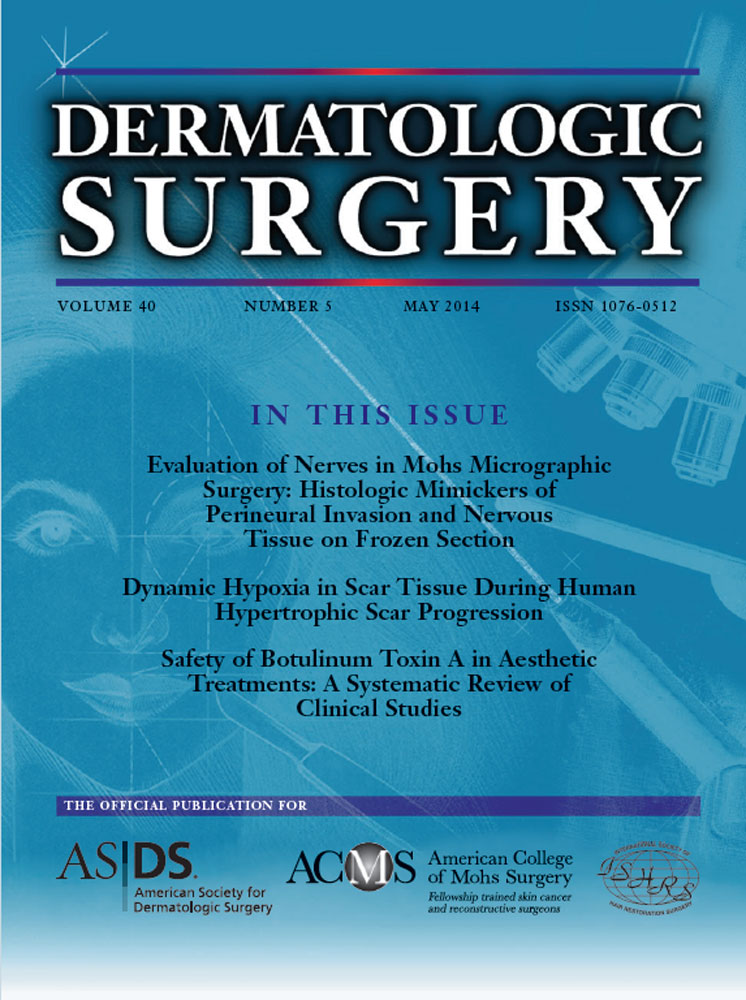A Composite Skin Substitute (Graftskin) for Surgical Wounds
A Clinical Experience
This work supported in part by Organogenesis Inc. and the Dermatology Foundation of Miami.
Abstract
background Bioengineered skin substitutes offer tissue replacement without requiring a donor site and might produce better healing.
objective To evaluate the recipient's response to grafting a bioengineered skin equivalent onto acute surgical wounds.
methods Graftskin, which is made of: 1) a bovine collagen matrix containing human fibroblasts, and 2) an overlying sheet of stratified human epithelium, was grafted onto the excision sites of 15 patients.
results Blood and cell studies for toxicity were negative. Graftskin proved easy to handle, and a typical clinical appearance of the skin substitute during “take” was detected. Compared with expectations improved healing occurred. Twelve of 15 patients had initial clinical takes.
conclusion Graftskin was not clinically rejected and was not toxic. It often appeared to take and produced better than expected healing.




